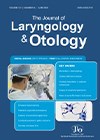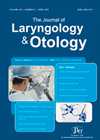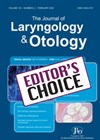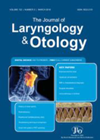
Journal Reviews
Occurrence of cancer in asymmetrical tonsillar enlargement in adults
With significant increase in head and neck cancer in the last decade, attributed to HPV, fast-track referrals from primary care have markedly increased, adding further to the burden on the NHS. Whether or not unilateral tonsillar enlargement alone, without red...
Factors influencing transformation of laryngeal dysplasia to malignancy in a 10-year review
Laryngeal dysplasia has a propensity to change into malignancy, the generally reported rate of this being about 14%. In this retrospective study of 125 patients, the authors have assessed the severity of dysplasia in relation to the incidence and time...
Modifying two-week wait protocol for suspected head and neck cancer patients during COVID-19
As healthcare workers, we are committed to ensuring that our patients continue to receive the optimum care that we are set up to deliver. However, the last year has shown that we need to be mindful of balancing this with...
Is a chest x-ray necessary in making urgent referrals for suspected head and neck cancer?
The article presents an audit on urgent referrals for suspected head and neck cancer in 2144 patients. Only 8.6% of cases proved positive for head and neck cancer. The Scottish Referral Guidelines were adhered only in 55.1% of cases. Interestingly,...









